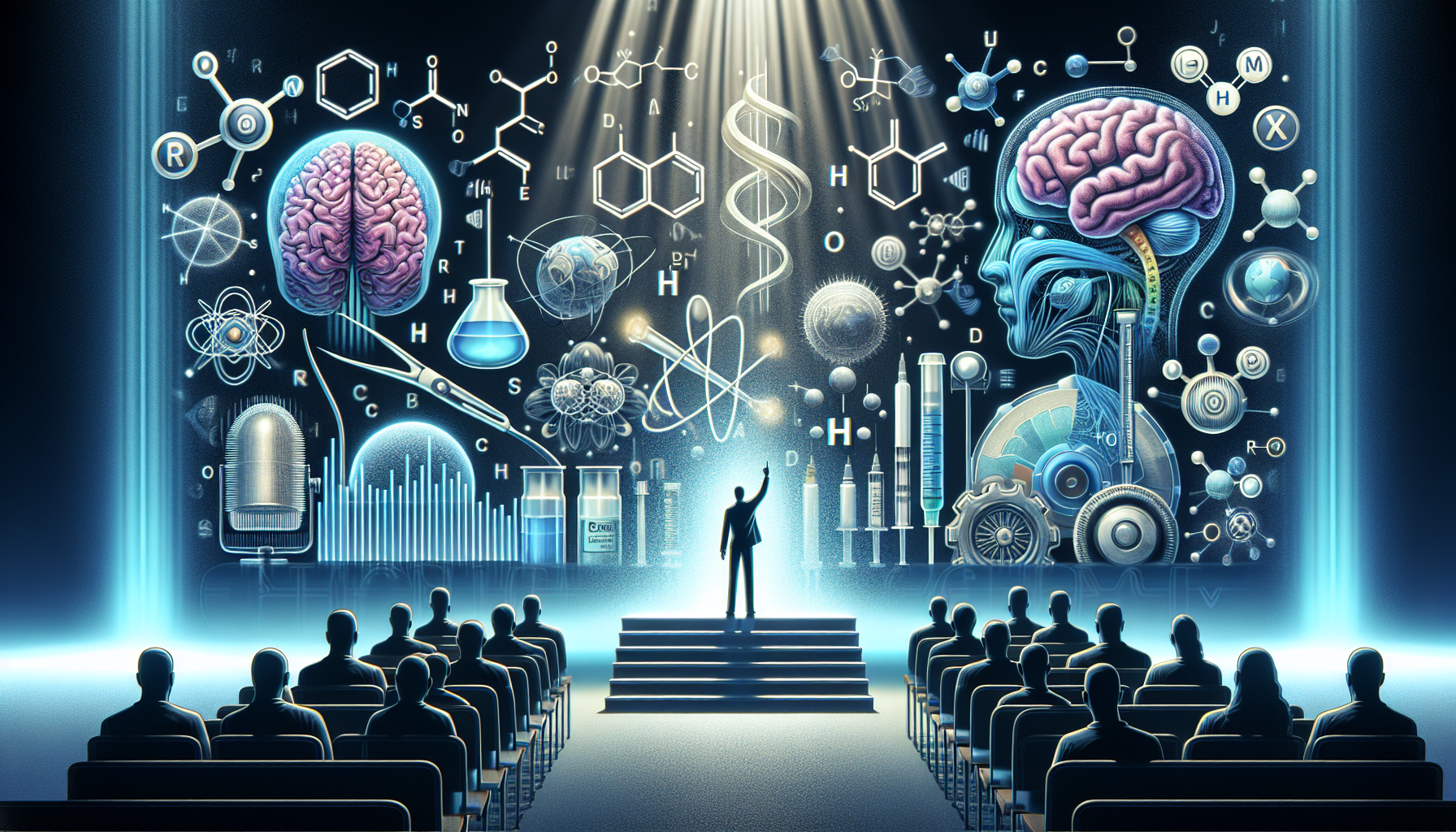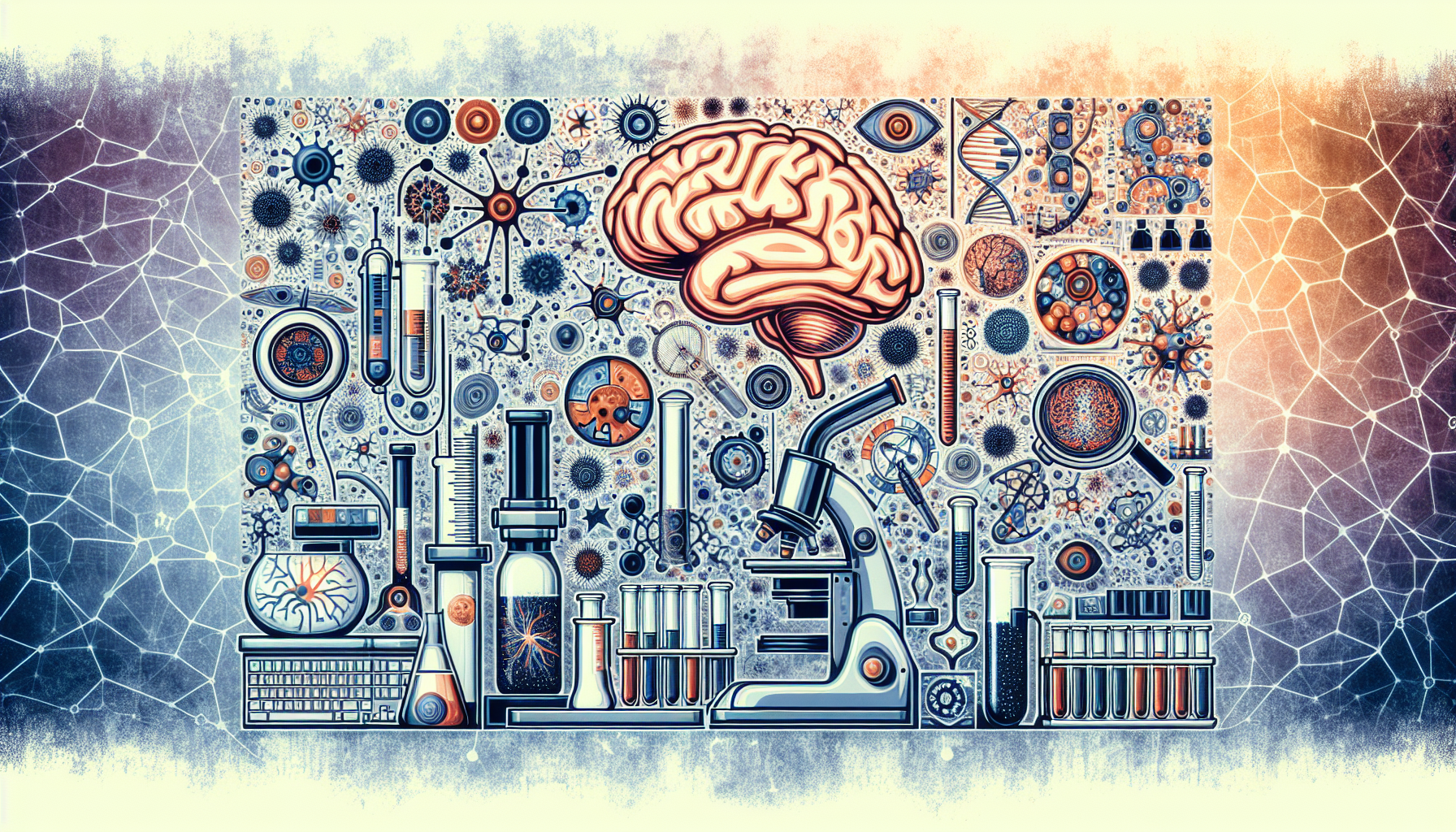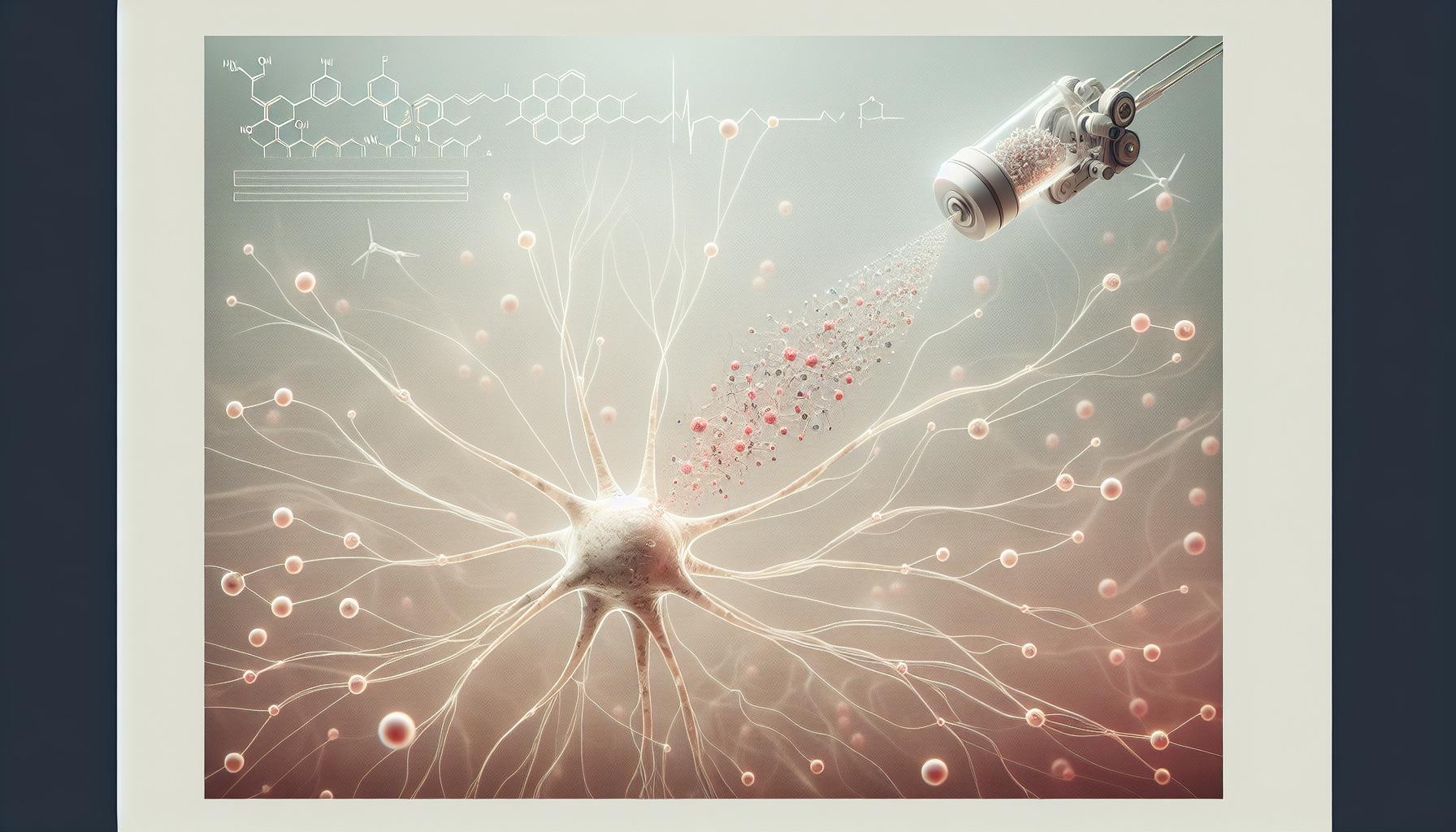Exploring the Link Between Basal Ganglia Function and Sleep Disorders in Parkinson's Disease
Key Takeaways
- The study spearheaded by Dr. Jian-Guo Zhang highlights the significant interactions between basal ganglia disruptions and REM sleep behavior disorder (RBD) in Parkinson's disease (PD) patients.
- Deep Brain Stimulation (DBS) on the globus pallidus internus (GPi) and subthalamic nucleus (STN) shows varying degrees of REM sleep without atonia (RSWA) in PD patients, indicating a unique connection between DBS site activity and sleep behaviors in Parkinson's disease.
- Research findings suggest a notable correlation between basal ganglia beta power and muscle activity during sleep in Parkinson’s patients, which could lead to new therapeutic strategies for addressing sleep disorders in PD.
Did You Know?
Introduction to the Study
At Capital Medical University, Dr. Jian-Guo Zhang, a prominent figure in neurosurgery, spearheaded a groundbreaking study that delves into the effects of basal ganglia activity on REM sleep behavior disorder (RBD) among Parkinson's disease (PD) patients. Published in the Journal of Neurology, Neurosurgery, and Psychiatry, this research highlights the significant interactions between basal ganglia disruptions and sleep anomalies in PD.
Deep Brain Stimulation and Its Impacts on REM Sleep
Patients undergoing deep brain stimulation (DBS) on regions like the globus pallidus internus (GPi) and the subthalamic nucleus (STN) exhibit varying degrees of REM sleep without atonia (RSWA). This lack of muscle relaxation during REM sleep indicates a deeper connection between DBS site activity and sleep behaviors in Parkinson's disease compared to other neurological disorders such as dystonia.
Statistical analysis from this study reveals that PD patients treated with GPi-DBS or STN-DBS show a higher frequency of RSWA, especially when compared to dystonic patients under similar treatments, underscoring the unique impacts of Parkinson's on sleep.
The Role of Oscillations and Electromyogram Interactions
The researchers employed advanced video polysomnography along with local field potential recordings to assess the interaction between brain oscillations in the basal ganglia and muscle activity during sleep. These findings suggest a notable correlation between basal ganglia beta power and muscle activity, particularly elevated in Parkinson’s patients with RBD symptoms.
This correlation could unravel new pathways for understanding the muscular malfunctions during sleep in PD and possibly pave the way for targeted therapeutic strategies.
Insights and Limitations of the Research
Despite the enlightening findings, the research acknowledges several limitations including the heterogeneity of the PD group and the difference in disease onset ages, which could affect the generalizability of the outcomes. Furthermore, the methodologies primarily focused on specific measurement techniques which may not capture the full spectrum of RBD occurrences.
This critical analysis invites further exploration into tailoring DBS therapies specifically aimed at ameliorating RBD symptoms in PD, potentially improving the quality of life for many patients.






